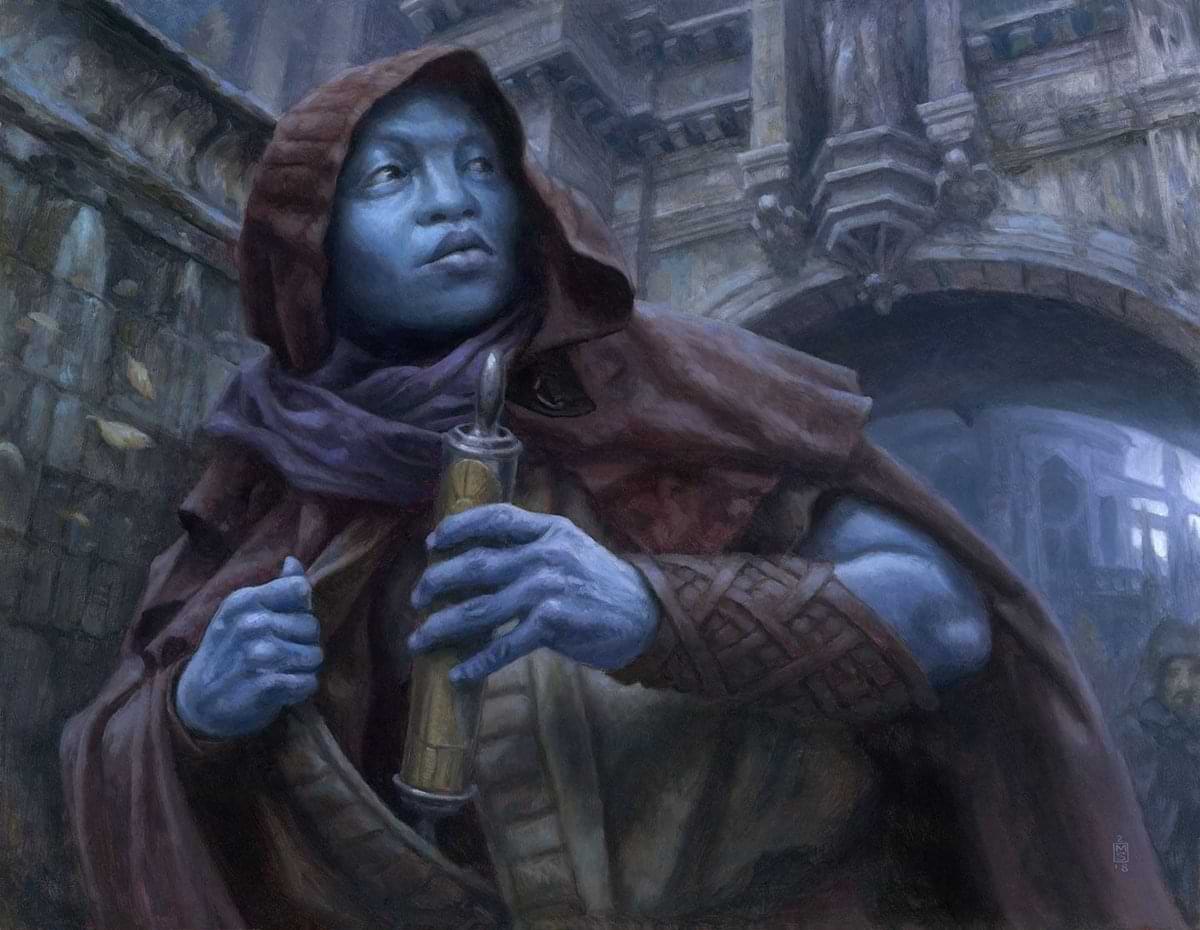D&D Beginner’s Guide: How to Homebrew Magic Items
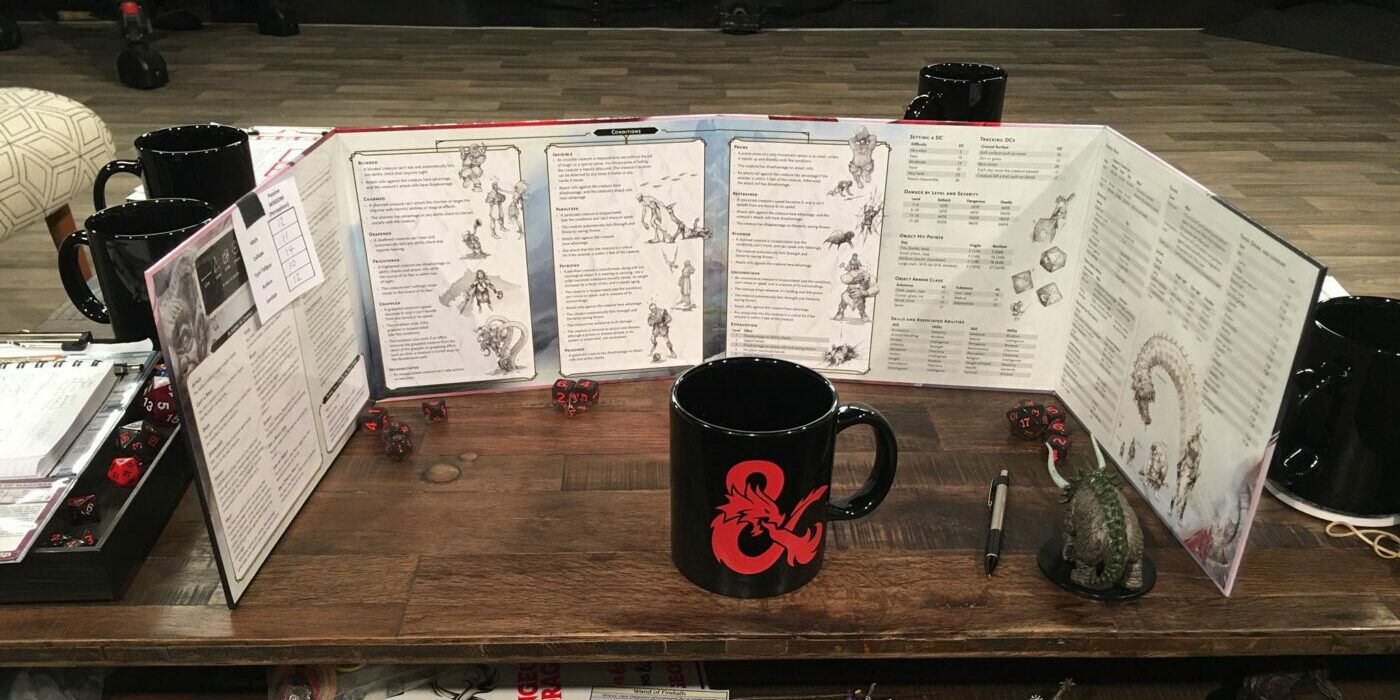
Homebrewing your D&D campaign can be a difficult task. Here’s how you can make original magical tools for your campaigns.
You’re making a fantasy land filled with every idea you want to cram into it. But one might find it hard to come up with magical items that are both fun and balanced for your party to have. That’s where homebrewing comes in.
Homebrewing on its own is an arduous task that the DM has to ensure they get right. Otherwise, they run the risk of ruining every combat encounter the players come across in the future.
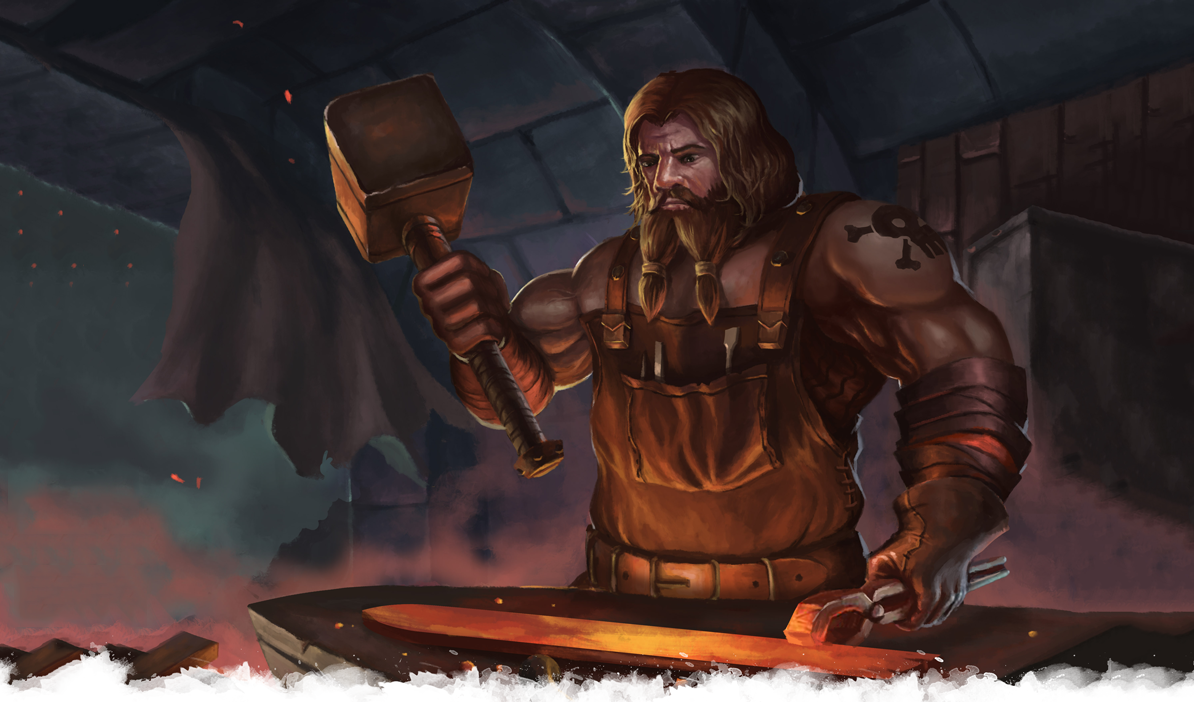
Most often, beginner DMs will want to make a homebrew class or archetype, as they feel the need to “do what hasn’t been done” and to “expose the TTRPG world to their genius inventions.” But then they end up just making a class called “The Archer,” and it somehow ends up being an even worse Ranger (or a stupidly OVERPOWERED version of the Ranger).
This is why most DMs start small when getting into homebrew. Namely through creating more minor things like monsters, custom booby traps, or magical items.
Making homebrew magic items is the equivalent of learning to ride a bike with training wheels. Once you grasp the basics, you can “ride” (create) any “bike” (homebrew) you want!
It’s just crucial to understand that when making magic items, there comes great responsibility. Namely, a great responsibility not to fuck it up.
Note that this article mainly applies to the mechanics and homebrewing culture of D&D. But it may also apply to other systems! Just take it with a grain of salt, okay?
Homebrew 101: Before Hammer and Nails Comes the Drawing Board
Naturally, before you go and make a bonafide D&D homebrew item, you must first have an idea for one!
This idea can be whatever you want. You could make a bracelet that lets you phase through solid objects like The Flash or a massive sword that can bend and hit people around corners.
Homebrewing is where people can let their creativity shine, making whatever they want reality. Too often, I find people who are excited to make a homebrew item, spell, or archetype, only to get shot down by elitists and snobs. The sky is the limit for what you want to make. Don’t let others stop you from making what you want a reality.
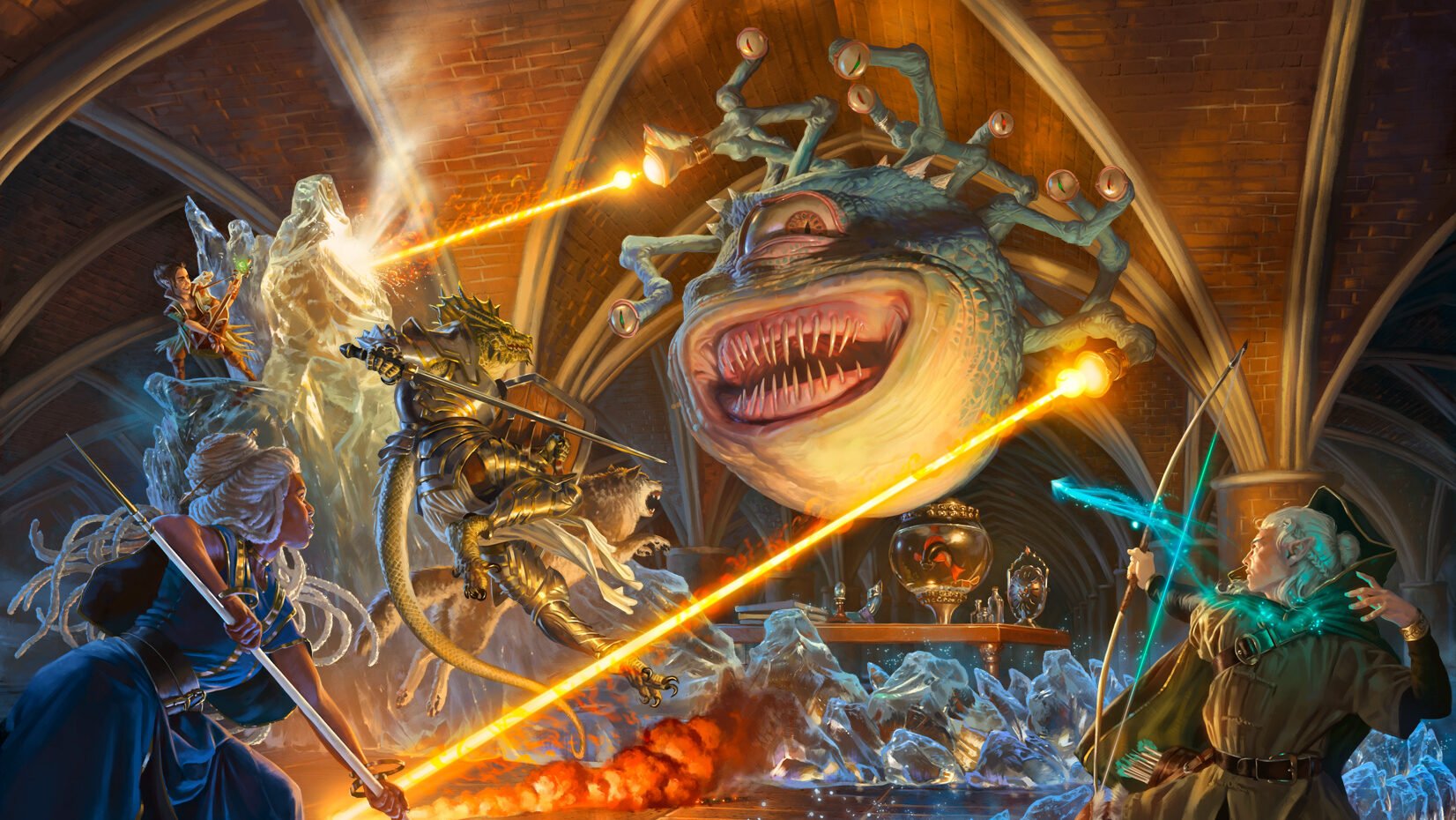
Do you want to make a magic item that functions like the Wolverine’s claws? Do it! It sounds awesome!
Or maybe you want to make a magic item specific to warforges that lets them install magical thruster boots into their legs? Honestly, warforges don’t get love from WOTC. So please go ahead and do so!
The idea can be as simple as a +1 magic bucket or as complex as a functioning railgun. Find some inspiration in the things you watch and engage with! And if you’re a player who wants to add a magic item to the world for your character in particular, talk to your DM about it! They might have some ideas for it as well.
D&D is a playground that lets players and DMs do whatever they want, whenever they want. But don’t just make a magic item because you want to make a magic item. Sometimes, the Player’s Handbook (PhB) or Dungeon Master’s Guide (DMG) might already have an item you’re trying to make!
Starting From Scratch is for Bakers, Not Dungeon Masters.
Now, to get more serious.
You already know this, but nothing made nowadays is ever truly original. Almost all “original” IPs are often the birth product of creators gaining inspiration from other sources and mixing in their ideas.
And that is precisely what homebrewing is at its core!
Homebrewing is the art of taking what inspires you and making it into a physical item for your world/players to interact with.
It might be tempting to make a +3 Greatsword that automatically casts a 6th-level divine smite every time it rolls above a 2. But trust me. Even though you are homebrewing magical items, it’s best to start with making simple items/objects before making more complex ones.
If you don’t care about the balance of your game and prefer to make cool, busted magic items- go right ahead and do so! This article is less about telling you what to do when homebrewing magic items and more about a quick introduction to making magic items as a beginner.
The best first step you can take when making a magic item is to reference previously made magic items to get a grasp of mechanics and what different rarities of magic items are capable of.
For example, most common grade magic items tend to have very aesthetic effects. Things that don’t influence the actual mechanics of the game. Like the Charlatan’s Die, a six-sided die that allows the roller to control the side it lands on (in character). Or the Unbreakable Arrow, a magical arrow that cannot be broken by anything besides the effects of an antimagic field.
Meanwhile, legendary magical items like the Deck of Many Things, which needs no introductions, can be reality-breaking by comparison. Or, as another example, the Nightbringer. This legendary mace comes with +3 to hit and +3 to damage rolls, an additional 4d4 radiant damage on hit, immunity to the charmed and frightened conditions, an additional 60 ft of dark vision, and you can force up to six creatures to go blind per day.
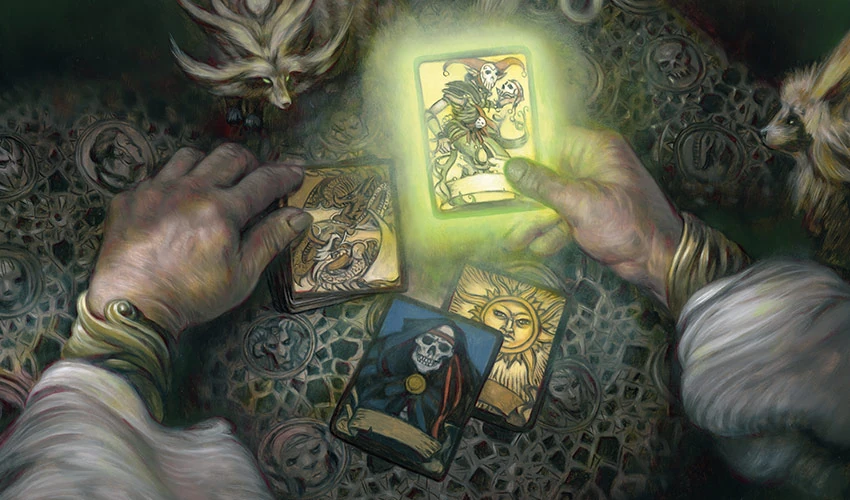
So yeah. Try fighting a Nightbringer-wielding barbarian with your stupid unbreakable arrow now, DUMMY.
Reference the aspects of items like these before making items of your own. Knowing how the professionals made their magical items will make it easier for you to make yours. Once you understand balancing and mechanics, you can create custom abilities for your magic items.
The Great Sword Excalibur Now Available at Ye Olde Pawn Shop
Now that you’ve designed your item(s) mechanically, its time for the hard part of magical item creation.
Implementing them into your world build.
This is a relatively easy feat for common-grade magic items, maybe even a few uncommon-grade items. After all, who wouldn’t fork over 300 GP for a bag of holding? It’s insanely useful!
However, once you get into rare and above items, integrating them organically can start being difficult. Especially since they can be hard to find, afford, or set up correctly. An example of this is if your enemy has a seemingly overpowered war axe, able to cut through mountains easily. But then, when your players finally get their hands on said weapon, it feels like swinging around a wet sock of butter.
Make sure that the magic items have a cost associated with them. If your players go through a dungeon for some loot, balance the loot around their struggle. If half the party almost dies fighting monsters for reward, then it would make sense that the loot said monsters were guarding is revealed to be valuable.
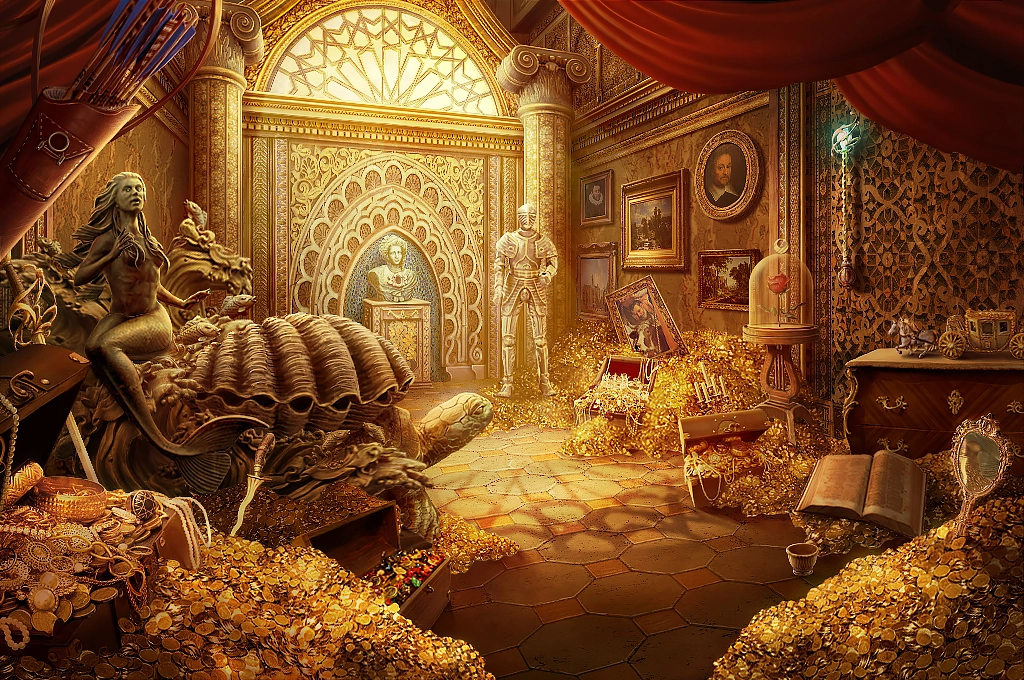
But also make sure that every legendary item has its reasonings for being in the hands of whoever is wielding them. If Pitstank the Kobald is wielding Dawnbringer, find a diegetic reason for how they came into possession of such an item. Don’t just throw reasoning to the wind and say, “Oh, they have it because I say so.”
Powerful magical items should make your players feel like they are refining their gear. It’s almost like a miniature level-up. Granted, they don’t always have to fit one-to-one with the players they are given to. If the loot they find consists of a few spell scrolls and a Mind Crystal, while the entire party consists of martial classes, then they could just take the loot and sell it.
After all, in a world of magical goods, do you think there wouldn’t be businesses trying to monopolize the trade? Yeah. I thought so.
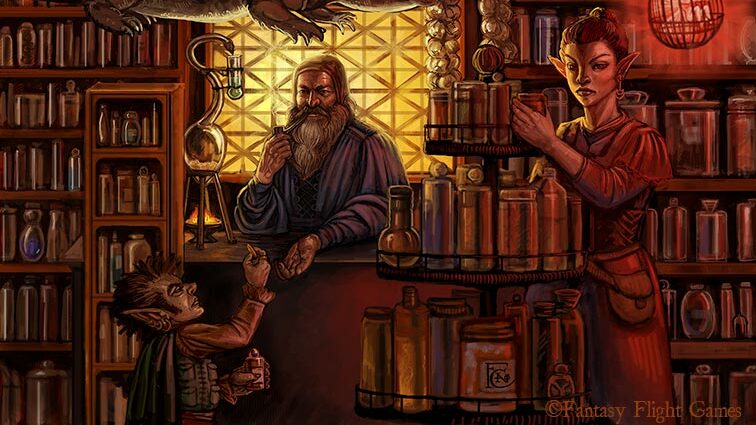
But remember not to choke your players with homebrew items, either. Homebrewing is good in moderation. Experienced players may also look forward to pre-written WotC items and your creative homebrew ideas.
What do you think? Are there some points I missed? What is your favorite magic item that you’ve ever received?

